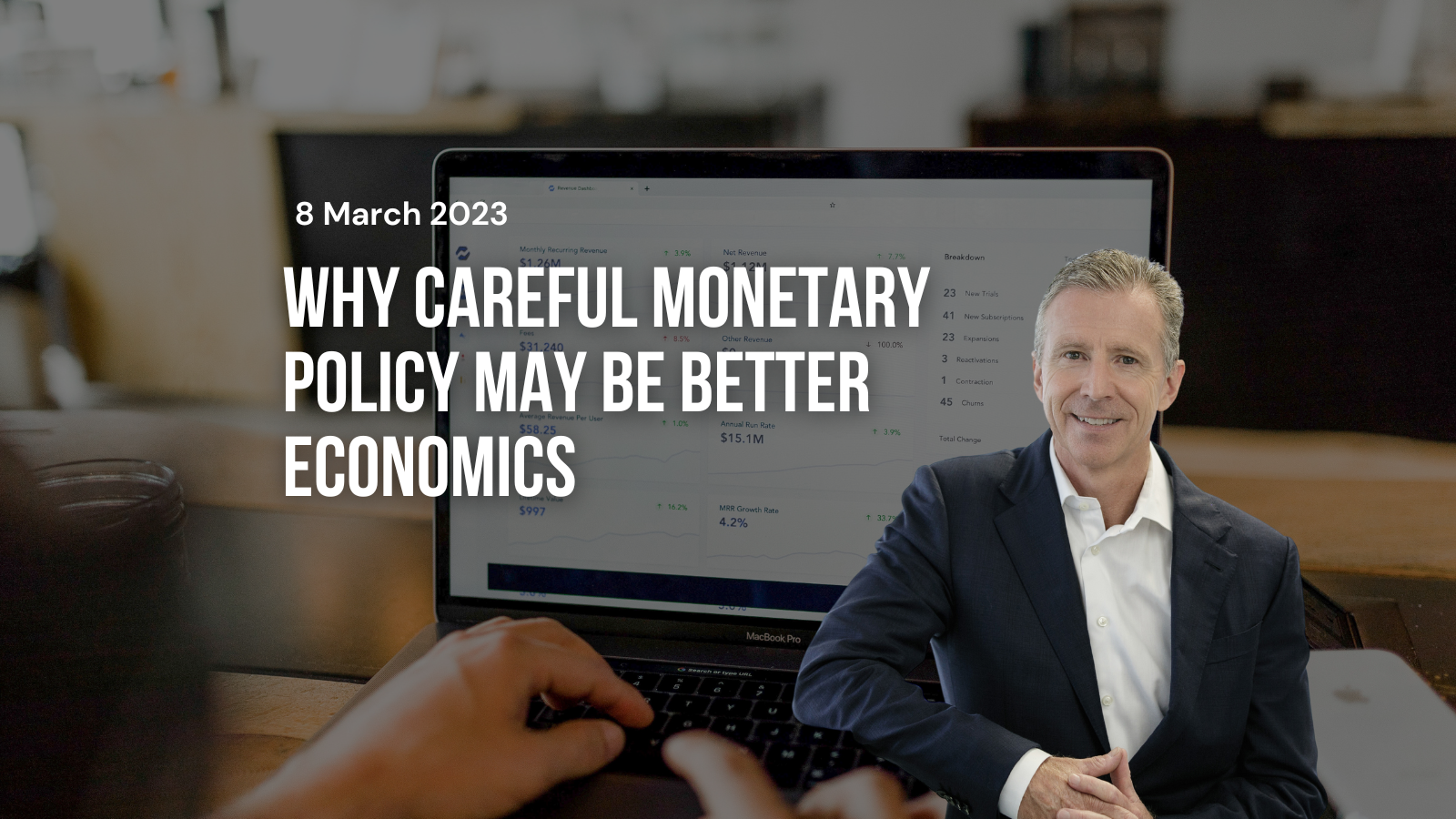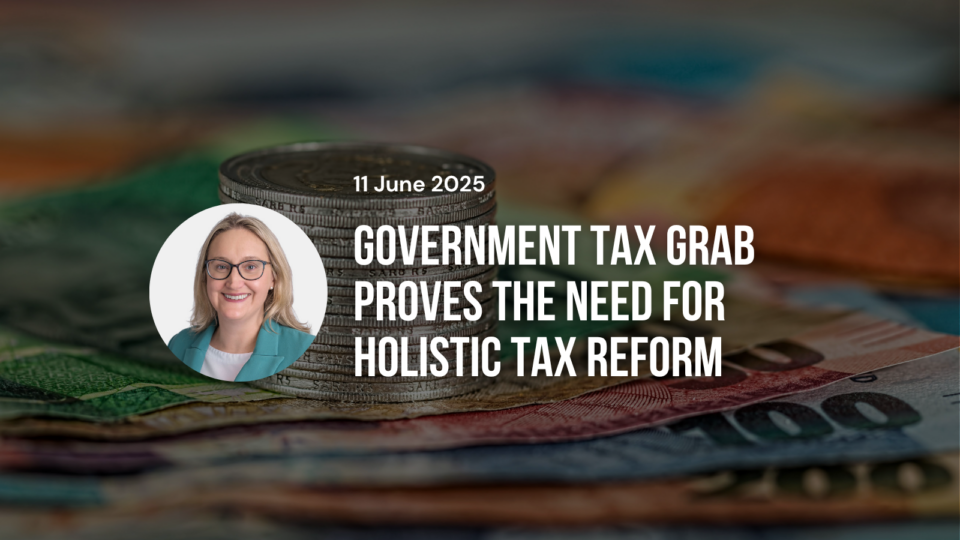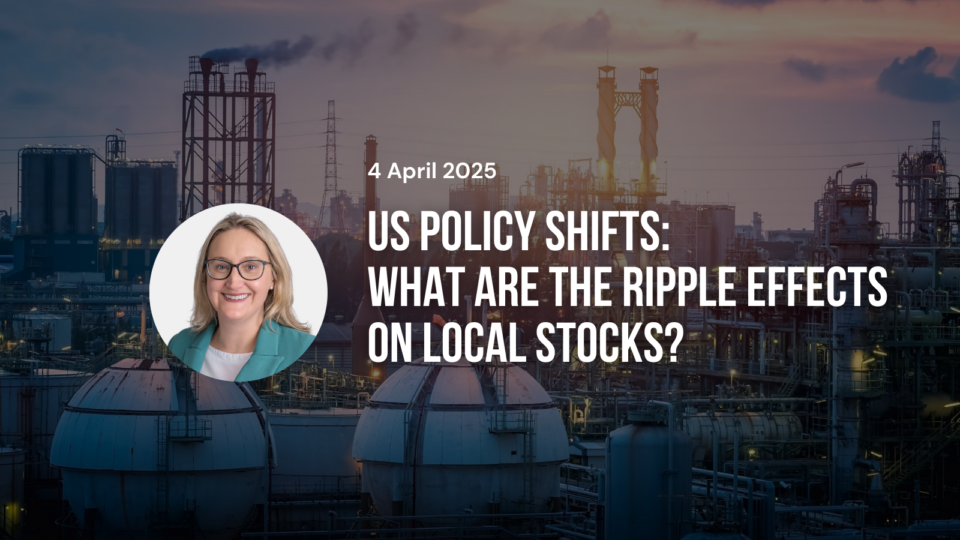

Central banks: Why careful monetary policy may be better for economies than reckless rate changes
By Angus Gluskie, Managing Director of Whitefield Industrials Ltd
8 March 2023
As economies battle a surge in inflation and rates, the extreme interest rate policies adopted by central banks over the last decade are increasingly the subject of criticism. Angus Gluskie, managing director of Australia’s longest operating investment company Whitefield Industrials Ltd outlines why economic stability may be better served by a less cavalier approach to monetary policy.
Following the economic shock of the Global Financial Crisis in 2008 and the COVID outbreak in 2020, central banks around the world cut official interest rates aggressively and adopted quantitative easing policies to drive down long bond yields. The US Fed Funds Target Rate fell from above 5% to approximately 0.1%, while the Australian RBA Cash Rate moved from above 7% to 0.1%.
The rationale was to support economic growth and asset markets – and (while often overlooked) to create a small level of inflation. On each of these counts the policies would appear to have been successful in the very short term. Economic growth was sustained, asset prices are generally up and we have now kickstarted inflation.
The strategy of cutting rates (and increasing the available money supply) was welcomed and encouraged by the vast majority of financial institutions (who would benefit from increased lending and financial activity and lower bad debts), asset owners (who would benefit as asset prices rose), the public (who paid less for their borrowings), governments (who like voters to be happy) and central bankers (who like to be handing out good news).
Very few were prepared to question these policies at the time, despite several obvious and unavoidable problems flowing from the strategy.
The lowering of interest rates inevitably translated into higher asset prices – this is an expected financial outcome that arose because lower funding costs allowed buyers to pay a higher upfront price. At an economy wide level – the aggregate value of assets grew and capital gains were generated – factors which resulted in reported personal incomes rising and business profits increasing. In such an environment, there was an understandable temptation to keep cutting rates to continue to generate apparent economic momentum.
Superficially these outcomes appear favourable. Yet the consequences are far less attractive and indeed exceptionally dangerous, particularly once interest rates are driven to extreme lows.
Excessive rate cuts result in excessively high asset prices. The buyers of these assets at extremes of expensiveness are then very heavily exposed to the risk of any declines in value. The dollar value of indebtedness must necessarily rise dramatically in order to fund those expensive assets. The investment income yield on the assets will be incredibly small – providing a buyer with little return to compensate for potential loss and little income to repay debt.
[The precarious position of recent home buyers with loan balances stretching into the millions and incomes a fraction of those balances provides a stark current example. A further example can be seen in the case of investment dependent retirees who a year ago were earning returns below 1% on interest bearing assets – which would provide them with less than $5,000 income on savings of $500,000.]
Importantly – at this point of extreme risk for an asset buyer – there are fundamental reasons why interest rate rises and inflation become likely.
- Central banks must necessarily reverse quantitative easing policies.
- Demand for borrowings (either from governments or individuals) must inevitably rise, necessitating higher interest rates to attract lenders.
- Lenders will demand higher rates and investors will demand higher yields as economic risks rise.
- High house prices translate into rising wage demands, which ultimately feed into goods and services inflation.
In addition, and as we have so recently seen, it is also possible for inflation to rear its head as a by-product of unrelated non-monetary causes such as supply disruptions or shortages. While this is not a necessary consequence of a rate cutting cycle – it is an obvious risk that in a percentage of circumstances will occur.
Once the process of rate rises commence (for any one of the above reasons) there is a high propensity for both inflation and interest rates to spiral higher for an extended period.
While it would be technically possible for interest rates to move substantially higher and for economic balance to be quickly achieved through consequent large falls in house and financial asset prices, this scenario is sufficiently unattractive that consumers, businesses and governments routinely act to prevent it occurring.
The far more likely pathway is that consumers will demand higher wages to cover higher interest and living costs, governments will support those consumer wage demands and businesses will raise prices as a consequence. In this situation, incomes and business profits rise and inflation and interest rates remain high. Importantly, while interest costs for borrowers are higher, the growth in business and consumer income allows buyers to afford asset prices without those prices needing to fall from former levels.
Although this path forward ultimately achieves economic balance, in practice the processes of adjusting to higher interest rates, of raising wages and lifting prices can be a difficult, uneven and dangerous journey. In the early stages of the cycle consumers and businesses may struggle to meet higher costs and rates – creating a meaningful risk of falling asset prices, consumer recession and business default. In the latter stages wage hikes and price rises may chase each other resulting in excessively high and sticky inflation.
When the starting point is excessively low interest rates and excessively high asset prices, the risk of adverse outcomes during the adjustment phase are magnified many times over.
A primary objective of central banks and governments is to maintain economic stability. Monetary policy is one of several policy tools. It is not precise, it will not fix all problems and its use should not be over-emphasised. We would contend that cutting policy rates to excessive lows creates as many dangers as raising rates to excessive highs. Economic stability is surely better served by maintaining interest rates within reasonable bounds.
At points of economic stress, cutting rates slowly, steadily but within limits would provide monetary support without creating excessive economic imbalances that subsequently need to be remedied. At points of inflation raising rates slowly, steadily but within limits would apply a degree of monetary restraint. The passing of time with rates at supportive or restraining levels will progressively result in economic adjustment and is likely to be a less disruptive tool than continuing to adjust rates to excessive lows or highs.
Rather than facing the risks mentioned in the examples earlier in this article, in a rate cutting cycle would it not have been better if home prices had risen slightly (not excessively) and for home buyer debt levels to be consequently lower relative to their income? Would it not have been better for investment dependent retirees to have been able to earn a moderate (rather than negligible) interest return on their life savings?
In circumstances where reasonable levels of monetary policy assistance are not adequate to fully or immediately resolve a crisis, central banks should not be tempted to over-use monetary policy. Instead they should recognise that the passing of time and the utilisation of additional fiscal or social policy tools are likely to be more constructive supplementary solutions.
Angus Gluskie is the managing director of Whitefield Industrials Ltd, Australia’s longest operating ASX listed investment company. He has over 35 years experience in the financial services industry and holds qualifications in Economics, Chartered Accountancy and Finance.





